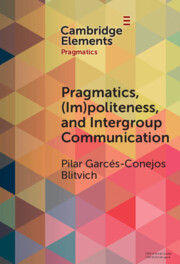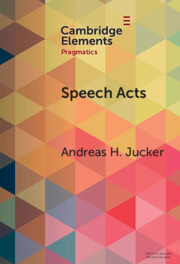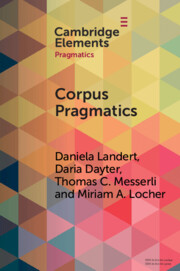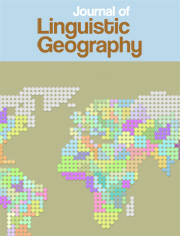Pragmatics, (Im)Politeness, and Intergroup Communication
This Element shows the basis for pragmatics/(im)politeness to become intergroup-oriented to be able to consider interactions in which social identities are salient or are essentially collective in nature, such as Cancel Culture (CC). CC is a form of ostracism involving the collective withdrawal of support and concomitant group exclusion of individuals perceived as having behaved in ways construed as immoral and thus displaying disdain for group normativity. To analyze this type of collective phenomenon, a three-layered model that tackles CC manifestations at the macro, meso, and micro levels is used. At the meso/micro levels, problematize extant conceptualizations of CC -mostly focused on the macro level and describe it as a Big C Conversation, whose meso-level practices need to be understood as genre-ecology, and where identity reduction, im/politeness, and moral emotions synergies are key to understand group entitativity and agency.
Product details
February 2024Adobe eBook Reader
9781009204729
0 pages
This ISBN is for an eBook version which is distributed on our behalf by a third party.
Table of Contents
- 1. Introduction
- 2. A pragmatics of intergroup communication
- 3. Groups and the meso-level
- 4. Macro-level analysis – cancel culture as a big c conversation
- 5. Meso-level analysis – cancelation as a genre ecology
- 6. Micro-level analysis
- 7. Conclusions
- References.







